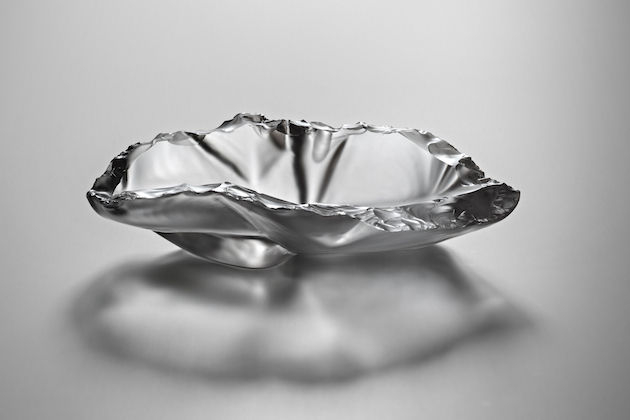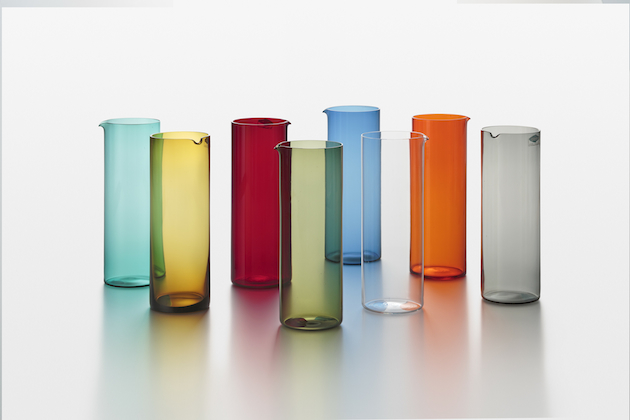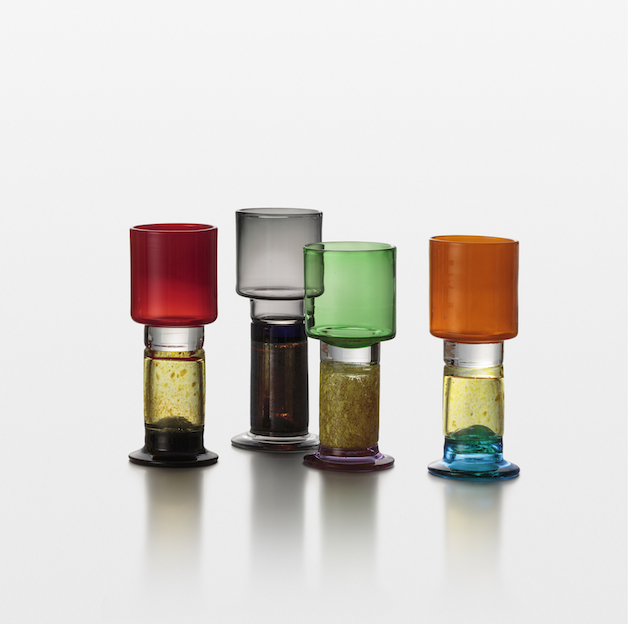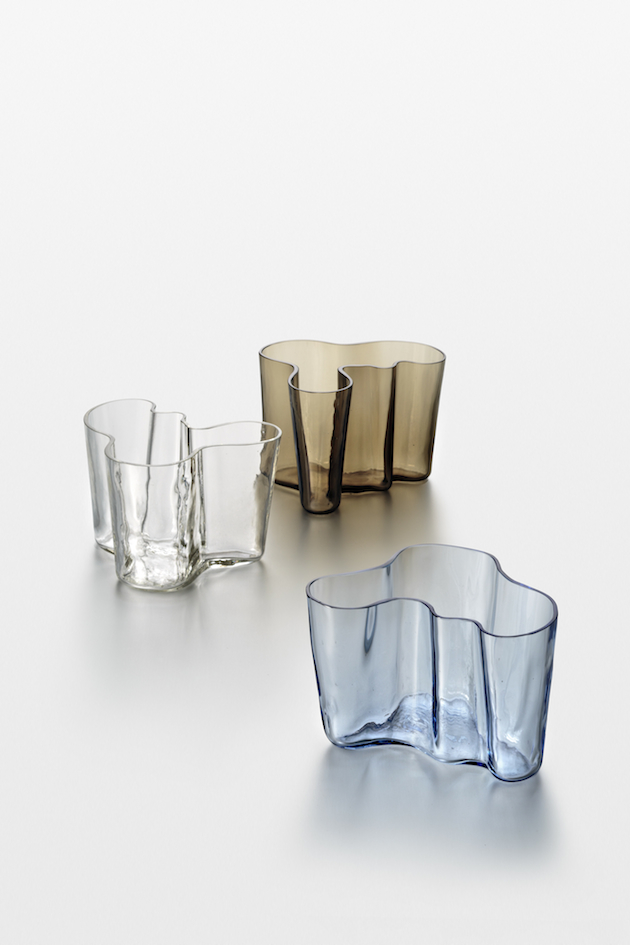
In the early Twenties, after becoming independent from what was about to become the Soviet Union, Finland used design as its manifesto, in an attempt to establish its autonomy and thus its cultural sovereignty. Some of the country’s greatest designers, who had connections with the international artistic movements, began to use glass to create works of art that blended tradition, experimentation and technique. The year 1932 is a chronological starting point for the Bishcofberger Collection of Finnish glass, currently on display in Venice, for it was then that the five leading Finnish names of the 1930s, spouses Aino and Alvar Aalto, Arttu Brummer, Göran Hongell, Gunnel Nyman designed glass objects for the first time and Finnish glass started to be exhibited all over the world, spreading the skills and creativeness of those who would be considered as the visionary masters of Scandinavian design. In the early Fifties, after the hiatus due to World War II and the three wars in which Finland was involved between 1939 and 1945 (the Winter War, the Continuation War and the Lapland War), the Finnish design laid the foundations of what would become “the golden age” of Finnish glass. This was also made possible by the impressive industrial growth of the country, resulting in the manufacturing and distribution of everyday life objects. As the curators of the exhibition point out – “Finnish glass started to be appreciated during the 1950s for the quality of its manufacturing process, which on the one hand ensured its high artistic value, and on the other fostered its industrial production and ensuing commercial success.”

Along with internationally acclaimed designers such as Alvar Aalto, other artists became the new stars of Scandinavian design, such as Kaj Franck, Gunnel Nyman, Timo Sarpaneva and Tapio Wirkkala, who is considered to be the symbol of the international success of post-war Finnish design. The attention that the international press gave to Scandinavian design played an important role in determining its worldwide success: Italian architect Giò Ponti, founder of the magazine Domus, became strongly committed to the promotion of Finnish glass. Italian and Finnish design were linked by a common ideal of functionality and aesthetics, which led to several collaborations between designers and companies from both countries, as in the fruitful case of Venini with the Finnish artists Tapio Wirkkala and Timo Sarpaneva.

During the Sixties and Seventies, color and energy became the main focus of Finnish design; the glass works became colorful and were given elaborate shapes. Oiva Toikka designed glass birds, which became Iittala’s iconic brand. Through his irreverent approach to the glass medium and tradition, Toikka represents the connection between the golden era of the fabulous Fifties and a more contemporary design.

The richness of Finnish glass design is now displayed in Venice, at Le Stanze del Vetro museum. Thanks to a thorough documentation of the various historical periods, the works on display at the exhibition “Glass from Finland in the Bischofberger Collection” take the visitors from the crystal-clear and first colored glass works of the early Thirties to the more flamboyant and at times “psychedelic” production of the Seventies. Whether the objects are fun, practical or simply decorative, all the works on display are the result of a creative force and a technical know-how that have their origins in ancient times but that have shown that the glass medium can be used in dynamic and original ways, producing shapes and objects that have rewritten the history of the Scandinavian as well as of international design.
The Blogazine
